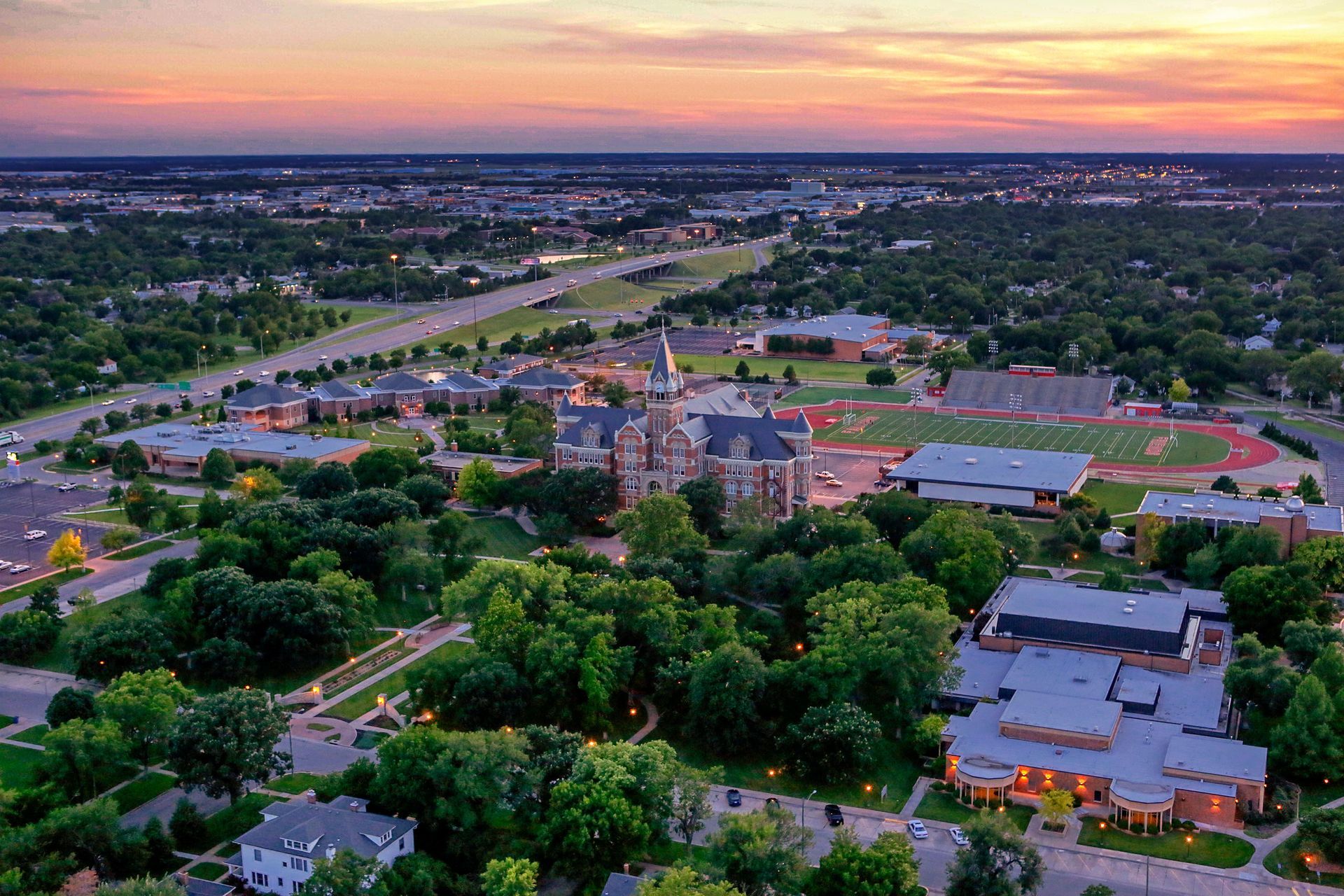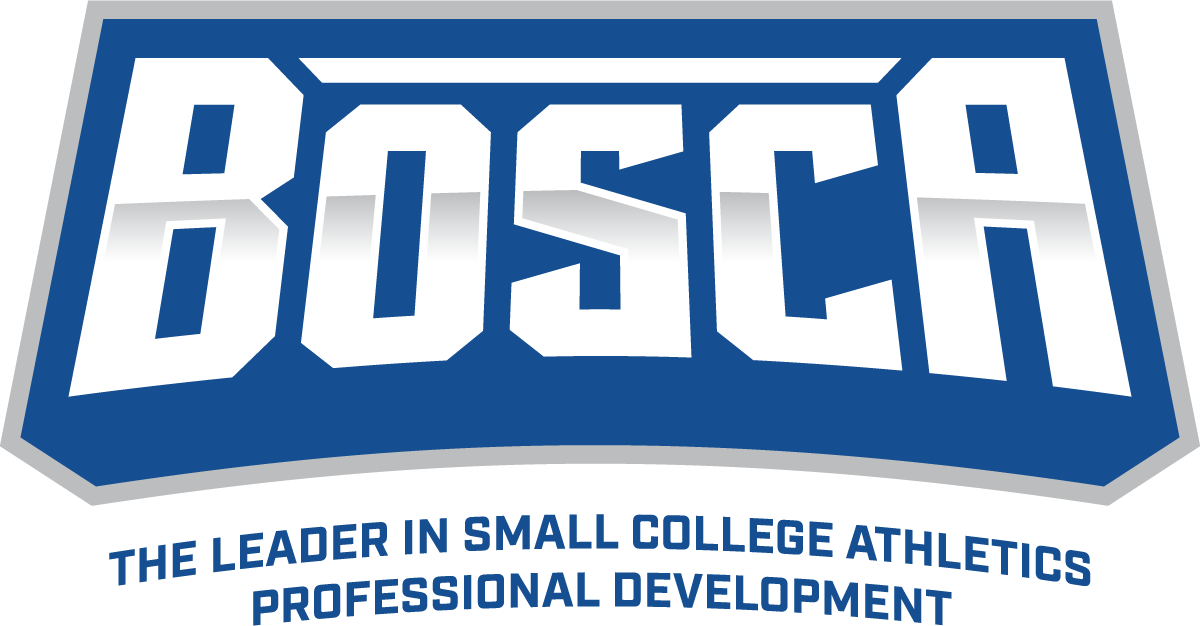A Perspective From the 86%
A viewpoint from the majority

College athletics is in the midst of a seismic shift. National headlines are dominated by debates over open transfers, NIL, athlete compensation, expanded eligibility, and skyrocketing financial investments. These are real issues—but primarily for a small fraction of institutions.
Roughly 350 of the over 1,800 schools sponsoring intercollegiate athletics are NCAA Division I. That’s less than 20%. And not all of them are opting into the House Settlement which aims to allow revenue sharing with athletes to resolve ongoing antitrust litigation. Recently, the President of the NCAA Charlie Baker, suggested that approximately 250 schools will opt in to the settlement…which is 14% of all schools.
Yet its these 14% that are driving 100% of the conversation. That is where the money and media attention are concentrated. I understand that. However, what about the other 86%?
Smaller colleges experience college athletics differently. Here's how the current hot-button issues actually play out for much of us.
- Open Transfers for Athletes: This is not a major issue because schools have always allowed relatively open transfer movement (with some restrictions on in-conference transfer).
- Paying Athletes: Most of our institutions operate on break-even budgets. A vast majority of our student-athletes pay part of their tuition. The economics are fundamentally different. Our athletes have a primary motivation of developing their athletic skills, benefitting from the incredible experience of teamwork, and personal growth that results from being part of something bigger than themselves.
- NIL: While few of our athletes have large platforms, we believe in their right to earn. When it happens at smaller schools, it’s usually student-driven, creative, relatively small, and grounded in their hard work.
- Escalating Financial Arms Races: Educational institutions of our size feel the pressure too—but our investments go toward student support, not luxury amenities or inflated contracts.
- Eligibility Pressure: Calls for extended eligibility at the top level are largely NIL-motivated. Our focus should remain on helping students graduate in four years and contribute to society with a productive career—especially when the national conversation around student debt is louder than ever.
The issues of the 14% should not overshadow the realities of the 86%.
Unlike the issues at the larger 14% of educational institutions with athletic programs, our daily conversations are centered on the issues that positively and directly affect our campuses and students:
- Institutional Health: The “Demographic Cliff” is real. College enrollments are shrinking due to plummeting birth rates from the 2008 financial crisis. While flagship universities may endure, many smaller institutions are facing existential threats.
- Sustainable Athletics Models: We can't outspend the big schools. We must build lean, mission-aligned athletic departments that support enrollment and institutional goals.
- Competitive Differentiation: Smaller institutions of higher education must continue to differentiate with prospective student athletes and with donors about the kind of student-athlete experience they offer, its advantages, and the goal of making them economically, and community productive graduates.
- The Student-Athlete Experience: The aim is simple but ambitious—create meaningful experiences that lead to growth, graduation, and purpose-filled lives.
The mission of most smaller universities isn’t to copy the Power Four. It’s to educate, support, and launch young people into the world. That’s where the focus should be and should remain. And it is my hope that all who value education and athletics will support that critically important mission.

